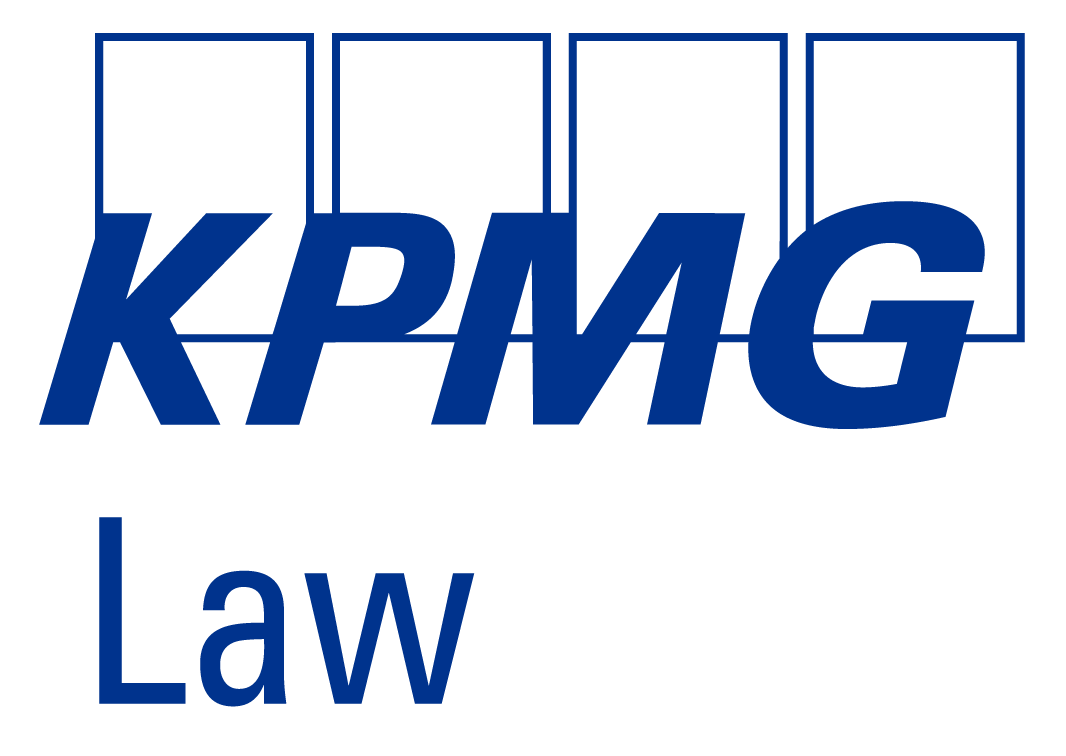

Cyber Security Awareness Month

The EU designated October as the European Cyber Security Month (ECSM). In this regard, the Center for Cyber security Belgium (CCB) and the Cyber Security Coalition (CSC) launched a joint campaign to raise awareness around the problem of “phishing” in Belgium.
Phishing is a social engineering attack used to obtain personal information of individuals by using deceptive e-mails, websites or text messages. The fraudulent scheme is used by hackers to gather sensitive data such as login credentials and credit card numbers to spread malware, extort persons, steal or embezzle money and gain unauthorized access to personal accounts and/or other systems.
Last year, more than 648,500 e-mails were reported to Safe On Web, a governmental institution with the mission to advise Belgian citizens on actual digital threats, online safety and cyber security.[1]
Every e-mail reported to Safe On Web is automatically scanned and can subsequently be blocked if malicious intentions are indeed detected. In 2018, the system blocked around 1,500 fraudulent websites. In 2019, already more than one million e-mails have been reported.[2]
These results show that phishing remains one of the commonly used methods for hackers to steal personal information.
Consequently, the CCB and CSC have now launched their phishing campaign – which runs throughout October 2019 – for the fifth time. To recognize suspicious messages, the following practical tips are given:
- phishing messages are often received out of the blue and sent without a legitimate reason;
- the style of language used is coercive or sparks curiosity;
- the messages contain spelling errors, use a vague title, and/or have an unprofessional look and feel;
- watch out for unknown senders;
- think twice before clicking on messages that have automatically been placed in the spam folder;
- always have a look at the complete URL by hovering your mouse over the hyperlink before clicking on it.
|
Suspicious e-mails or messages can be reported to suspicious@safeonweb.be. You can find more information on the campaign website: https://campagne.safeonweb.be/en/phishing. |
[1] www.gegevensbeschermingsautoriteit.be/oktober-maand-van-cyberveiligheid.
[2] www.ccb.belgium.be/nl/nieuws/relax-denk-twee-keer-na-voor-je-op-een-link-klikt.

